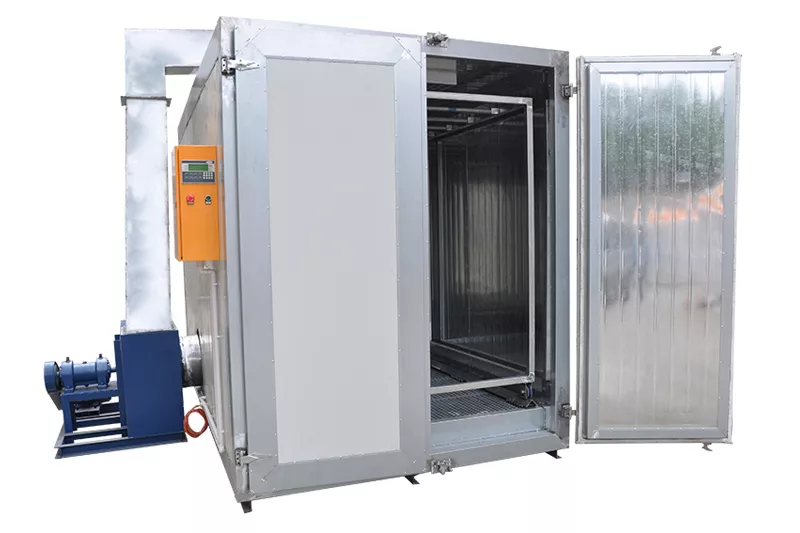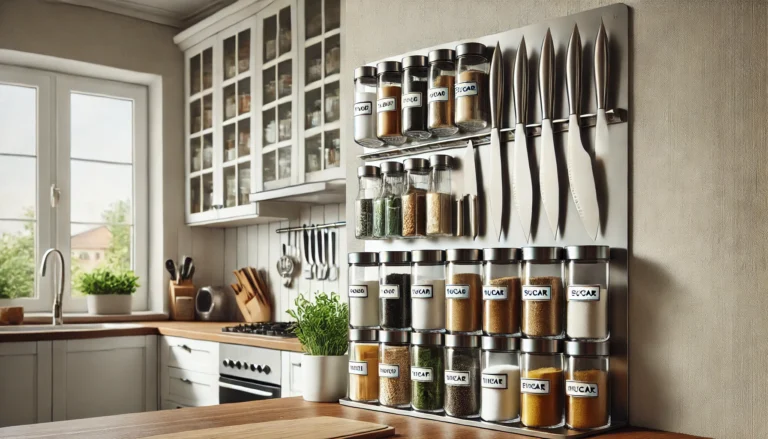
Powder coating ovens are vital in achieving smooth, durable finishes on metal surfaces. But, over time, powder build-up inside these ovens can compromise their efficiency and performance. As powder coating ovens work repeatedly, stray powder can accumulate, causing various problems that impact both energy use and product quality. Understanding the effects of powder residue helps manufacturers maintain the oven’s performance and ensure consistent, high-quality coatings. Let’s take a closer look at how powder build-up affects different aspects of powder coating oven operations.
Reduced Heat Transfer Due to Insulated Residue Layers
When powder build-up starts to form layers on the oven’s interior, it acts like an unwanted insulator. This layer of residue can prevent heat from transferring efficiently within the oven. As the built-up powder thickens, it becomes harder for the heat to reach the surfaces that need curing.
In this scenario, the oven must work harder to reach the required temperature, which slows down the curing process. Reduced heat transfer also means longer curing times, potentially delaying production schedules. It’s a bit like cooking with a pan that has a thick layer of burnt food stuck to it—heat just doesn’t distribute as effectively. Regular cleaning is key to maintaining the optimal performance of powder coating ovens, ensuring that the heat flows as it should.
Clogged Airflow Systems Leading to Uneven Curing
Airflow is crucial for consistent curing in powder coating ovens. When powder particles build up inside the ventilation and filtration systems, it disrupts airflow, causing uneven heat distribution. This inconsistent flow of hot air leads to uneven curing on the product’s surface, which can affect finish quality and durability.
Clogged airflow also puts additional stress on the oven’s components, potentially shortening their lifespan. This can increase maintenance costs, as components may need to be replaced sooner than expected. Proper ventilation is essential for uniform curing, making it important to keep the system clear of powder residue that could obstruct airflow.
Increased Energy Consumption as Ovens Work Harder
As powder build-up increases within powder coating ovens, so does energy consumption. When residue covers heating elements or clogs airflow channels, ovens must use more energy to maintain the required temperature. This added strain not only impacts operational costs but also reduces the overall energy efficiency of the coating process.
Increased energy usage can quickly add up, especially in facilities where ovens run continuously. Keeping ovens clean and well-maintained can help prevent this energy drain. By reducing the effort needed to maintain temperatures, manufacturers can lower energy costs and improve the oven’s lifespan, making the entire powder coating process more sustainable and cost-effective.
Risk of Contaminating Fresh Coats with Old Powder Particles
One of the sneaky issues caused by powder build-up in powder coating ovens is contamination. Old powder particles can become dislodged during the heating process, floating around and settling onto freshly coated surfaces. This contamination can ruin the appearance and integrity of the new coat, leading to defects like rough textures, color mismatches, or even complete rejections by quality control.
Maintaining a clean oven environment helps ensure that fresh coatings aren’t compromised by old residue. Regularly inspecting the oven and addressing any powder accumulation can significantly reduce the risk of cross-contamination, ensuring a flawless finish every time.
Maintenance Downtime from Cleaning and Component Wear
Powder build-up doesn’t just affect oven performance; it also contributes to longer maintenance downtime. When build-up reaches critical levels, more thorough cleaning is required, which often means longer shutdowns. Additionally, the strain caused by reduced heat transfer and clogged airflow can wear down components faster, leading to more frequent repairs or replacements.
These maintenance interruptions not only slow down production but can also drive up operational costs. A proactive cleaning schedule can help prevent major build-ups, reducing both maintenance time and the need for early component replacements. This approach keeps powder coating ovens running smoothly and efficiently.
Compromised Temperature Stability Affecting Final Finish Quality
Temperature stability is essential for achieving a high-quality powder coating finish. When powder build-up occurs, it can interfere with the oven’s ability to maintain consistent temperatures throughout the curing process. Fluctuating temperatures can lead to inconsistent curing, causing variations in the final finish, such as dull spots, uneven textures, or inadequate adhesion.
This lack of temperature consistency impacts product quality, potentially resulting in rework or wasted materials. By keeping the oven clean and ensuring a consistent temperature profile, manufacturers can maintain high standards of finish quality, ultimately improving customer satisfaction and reducing waste.




